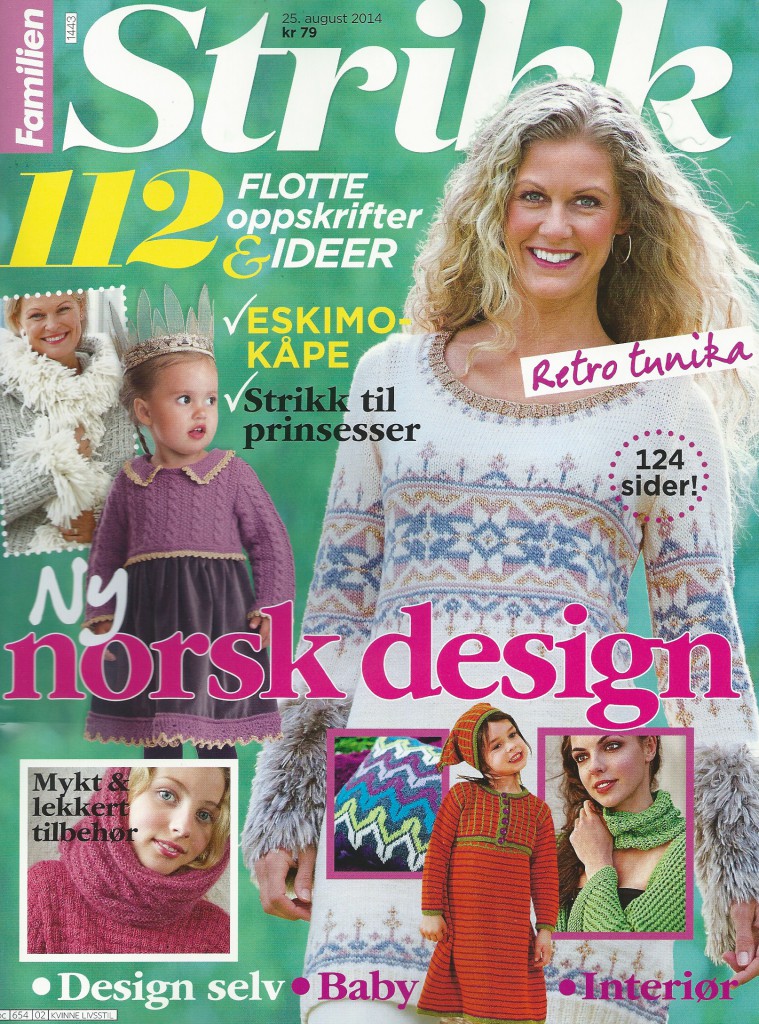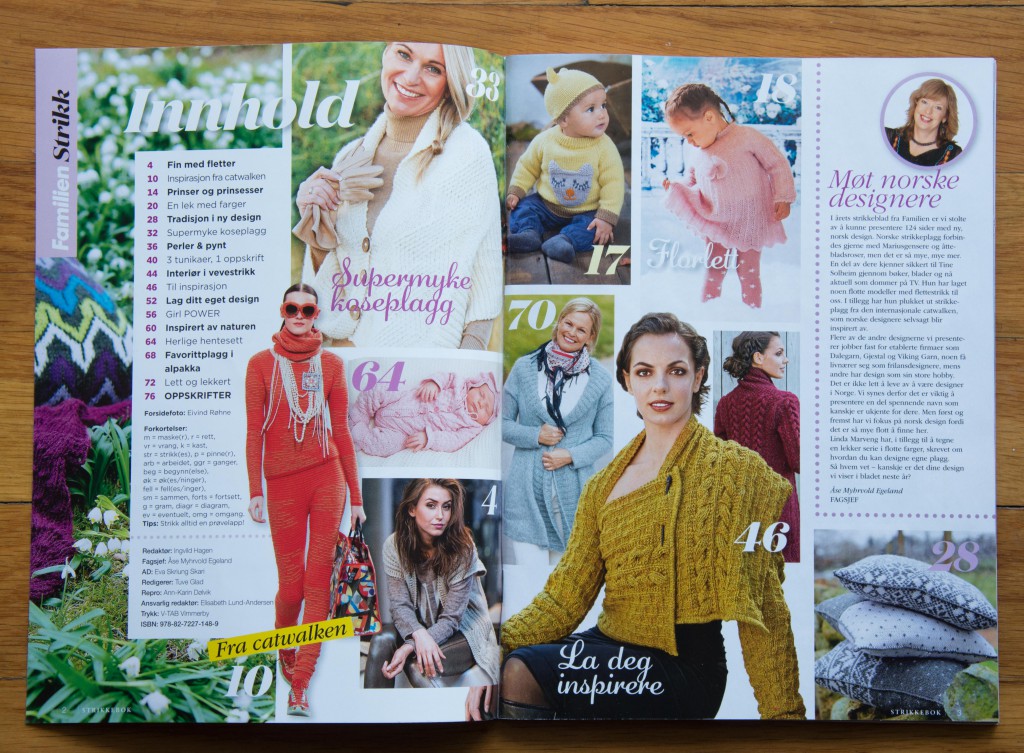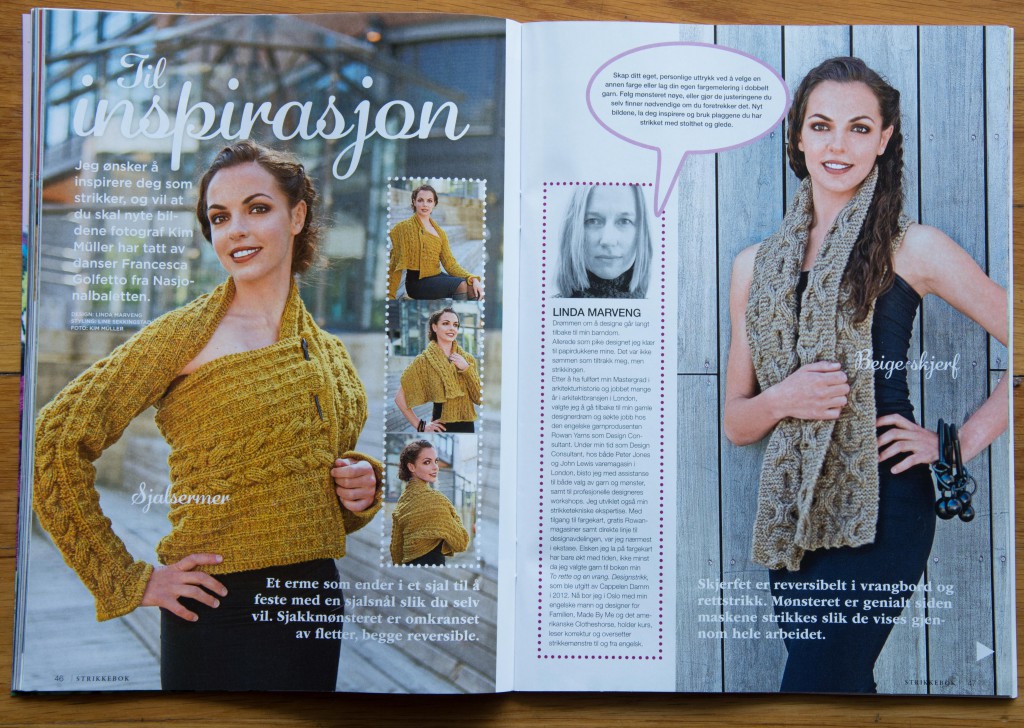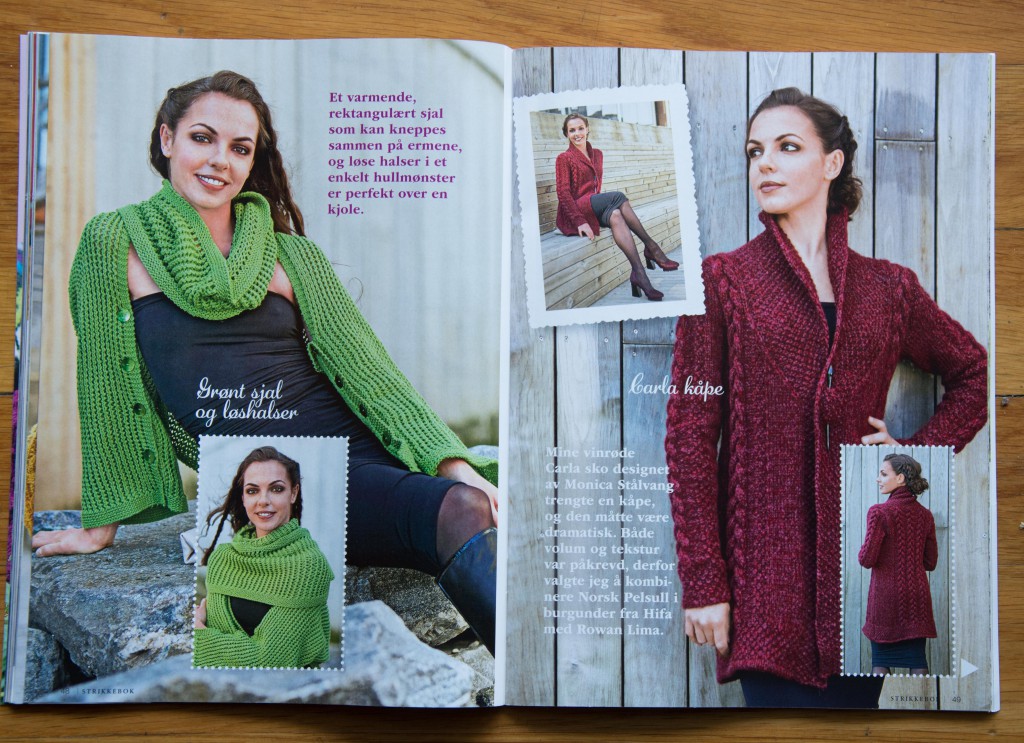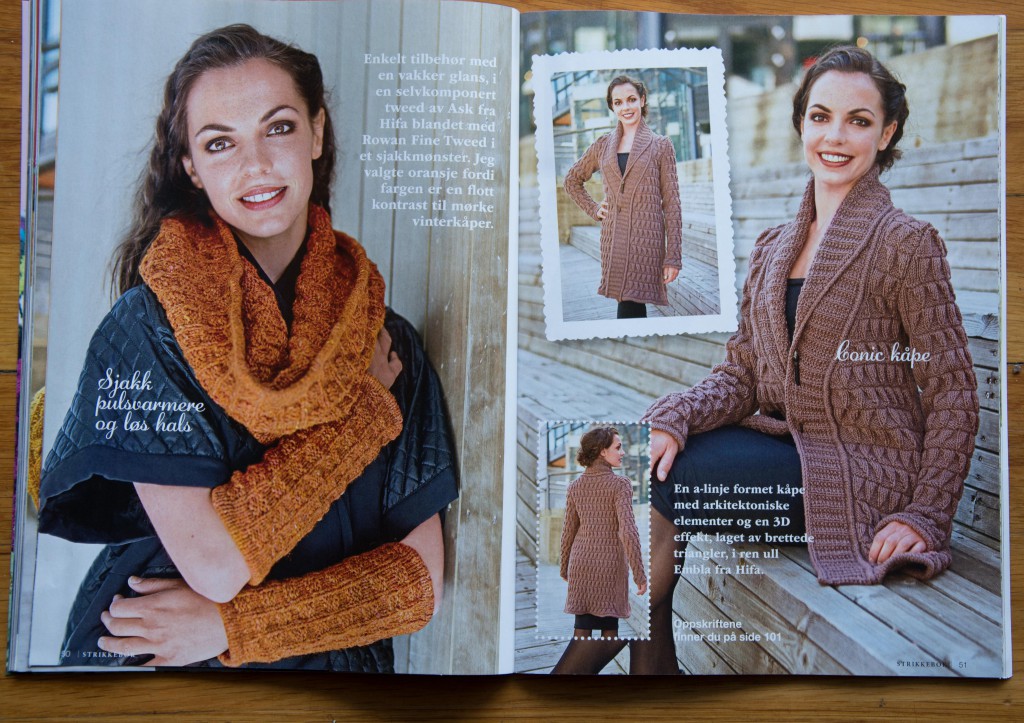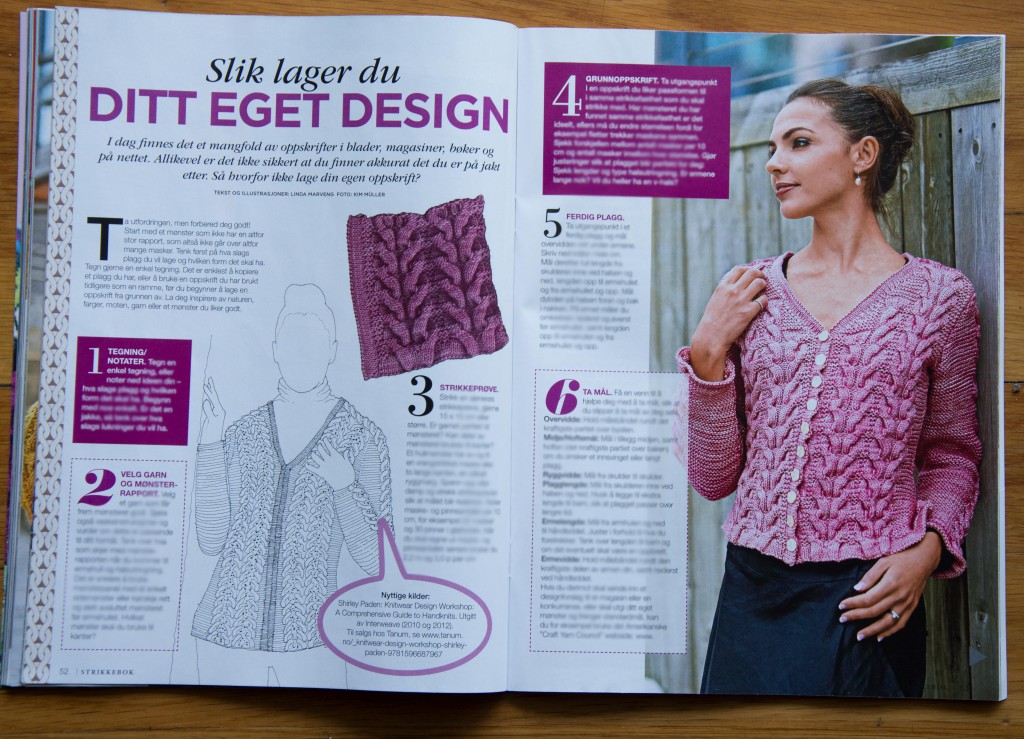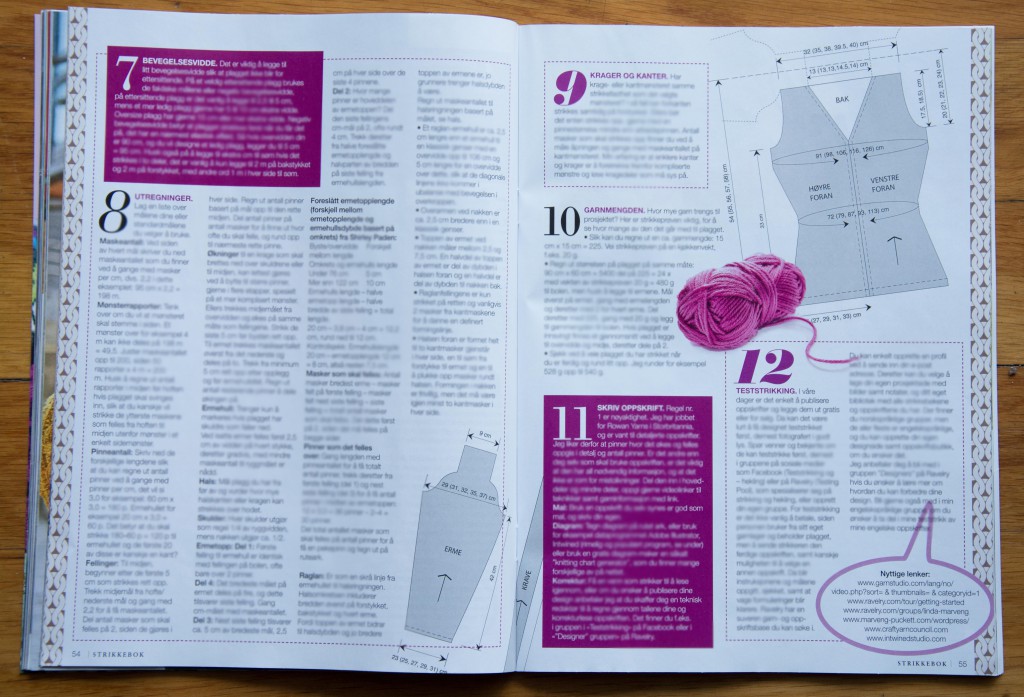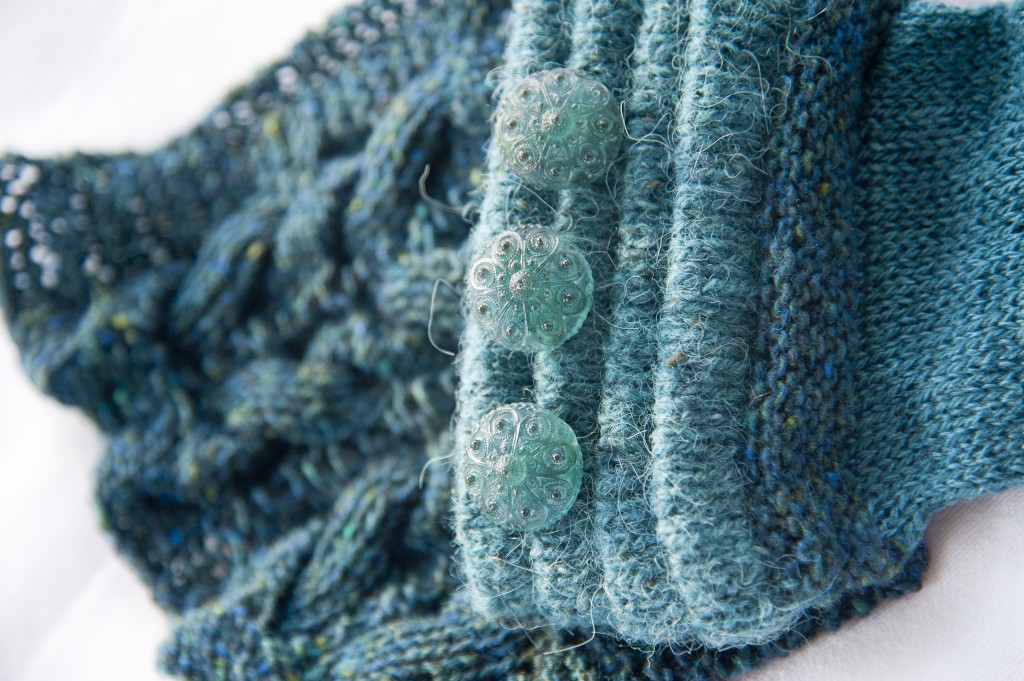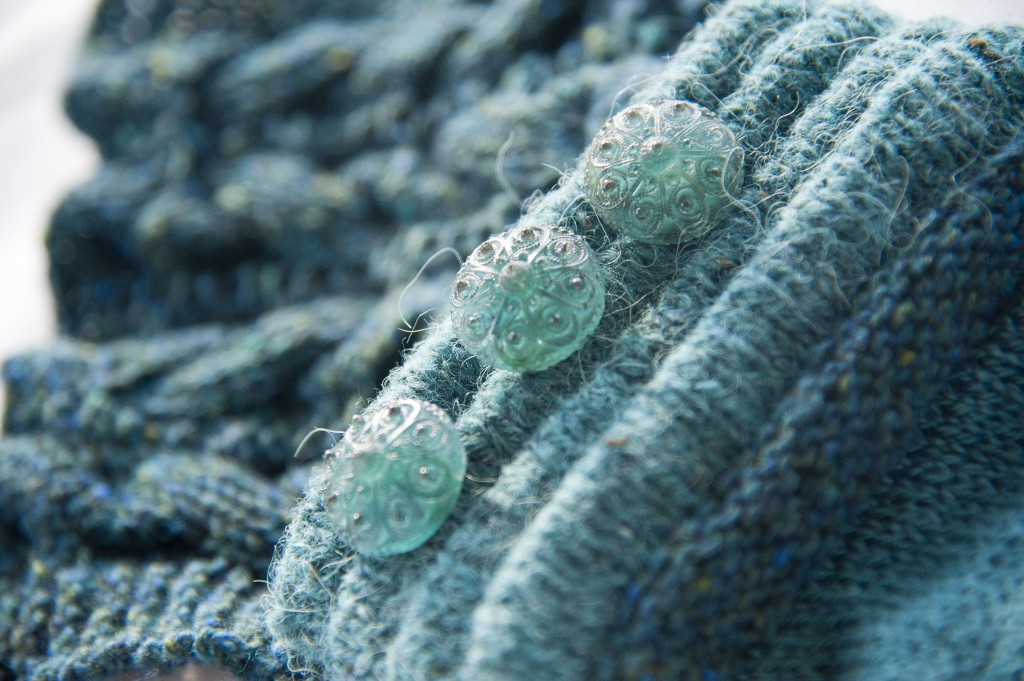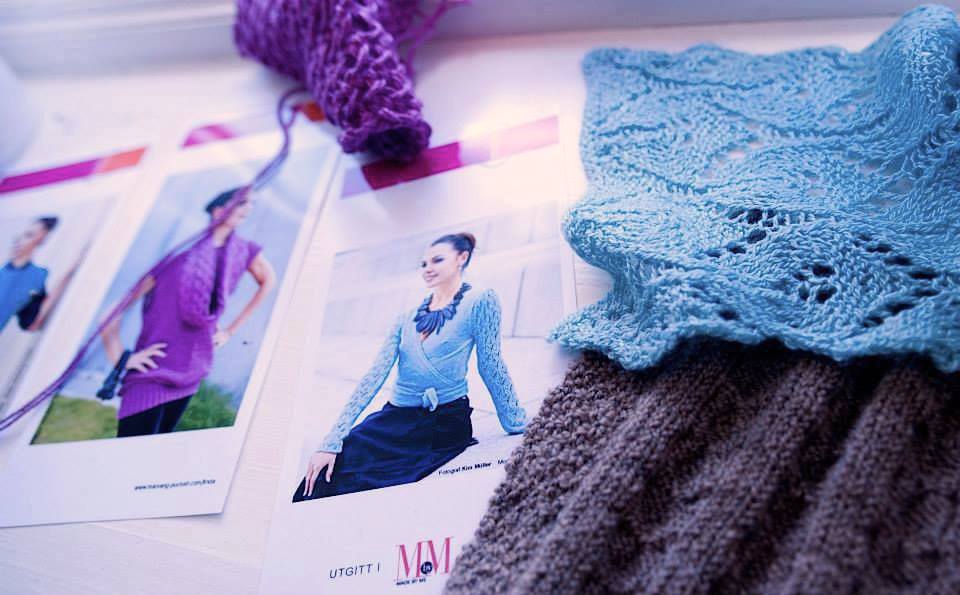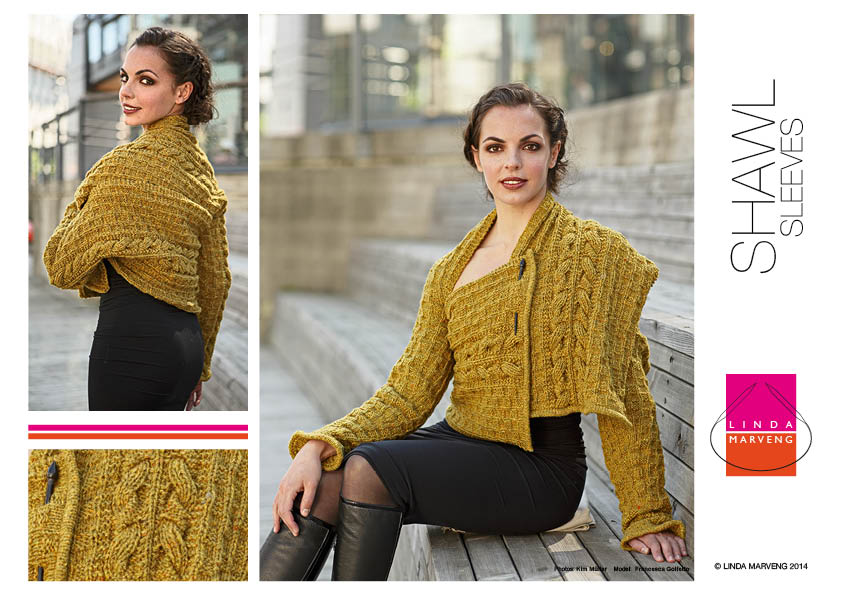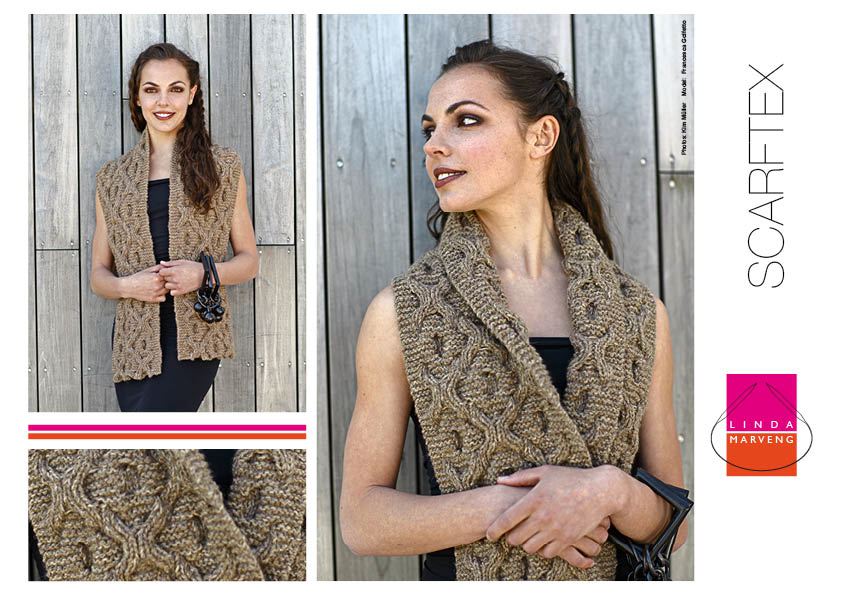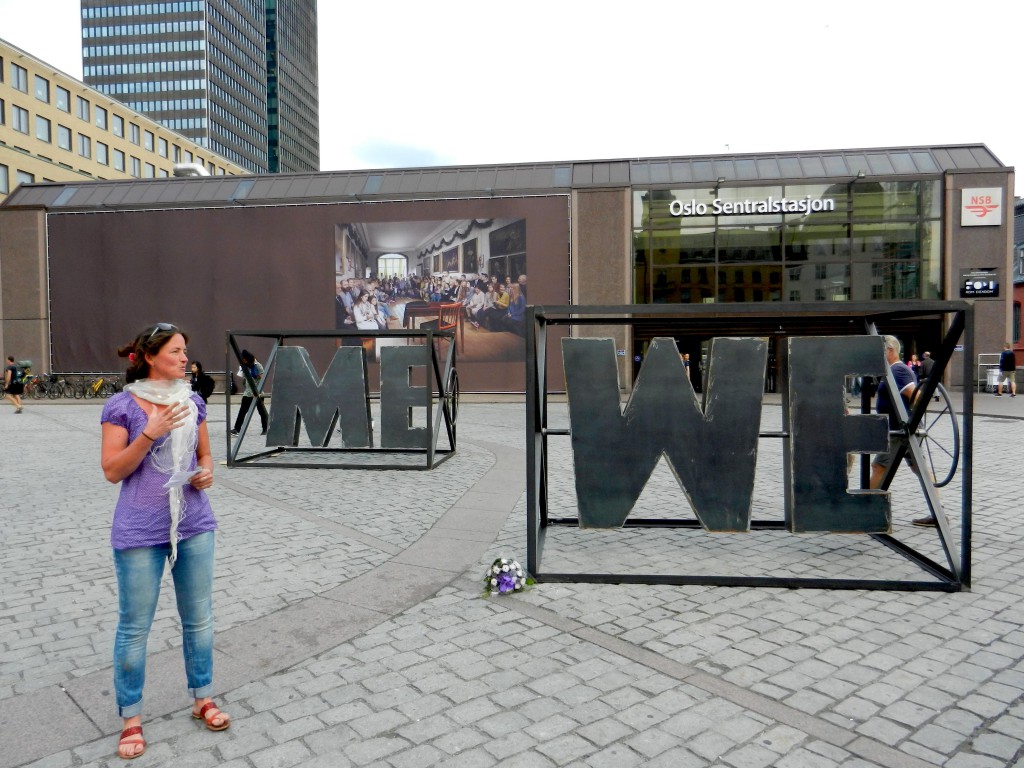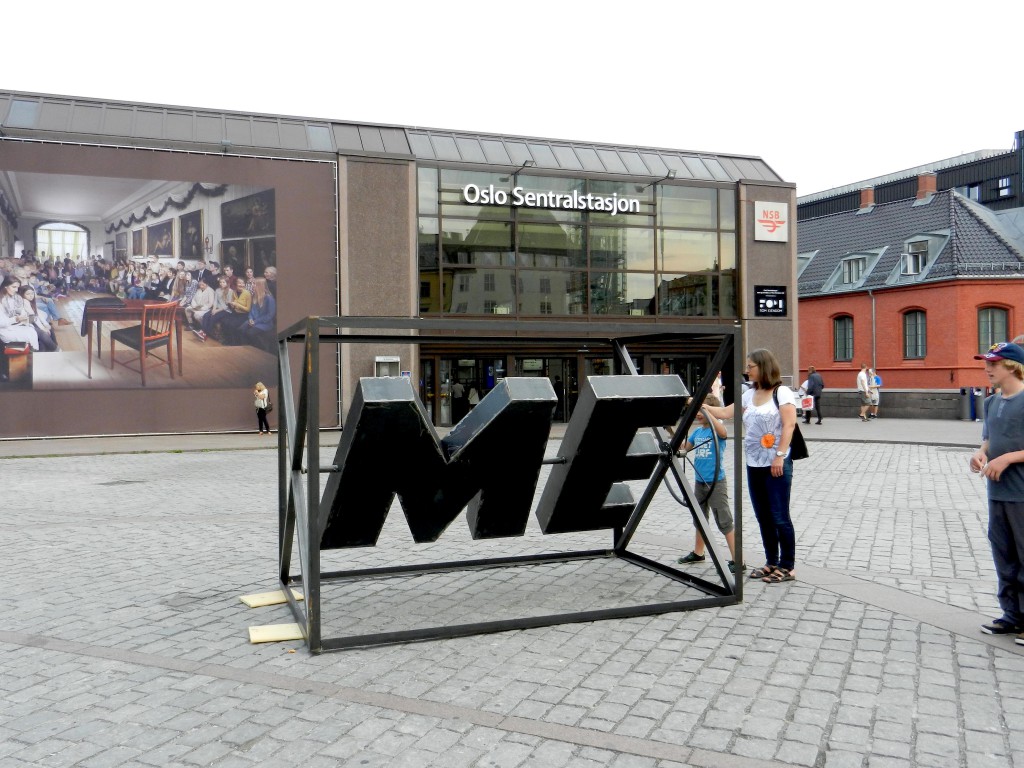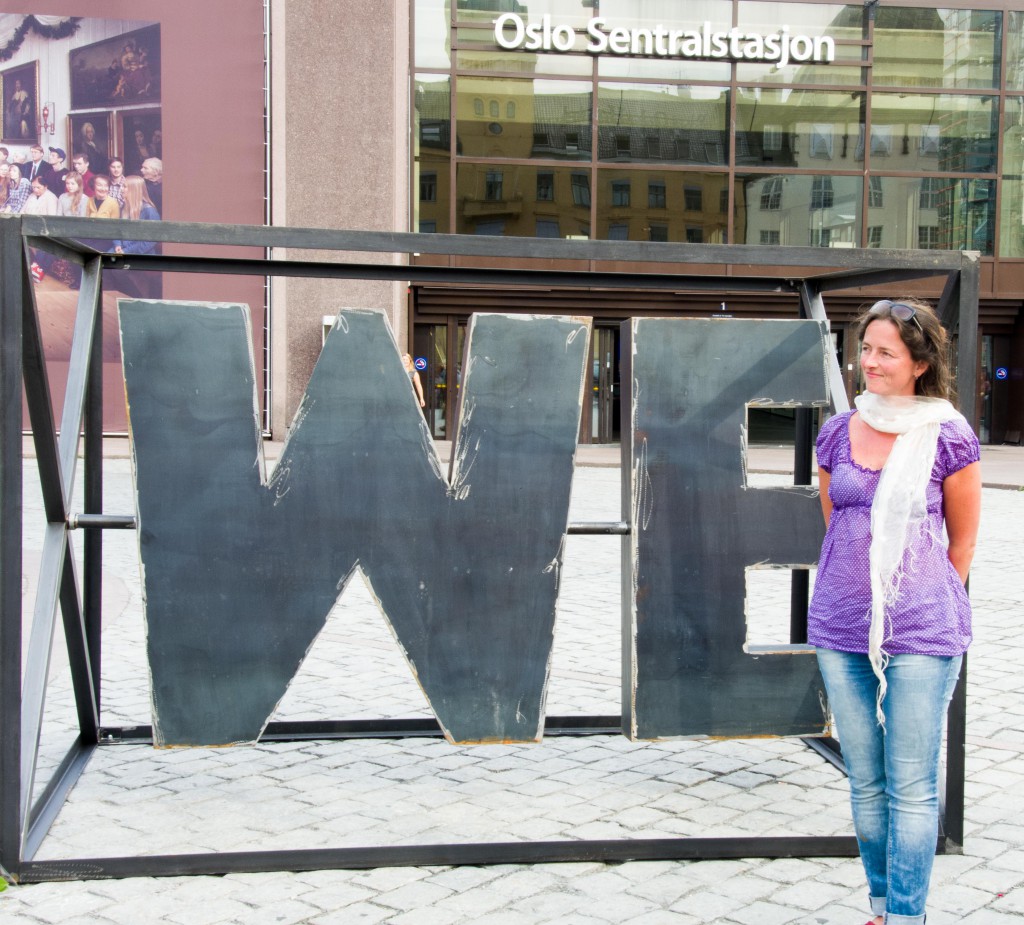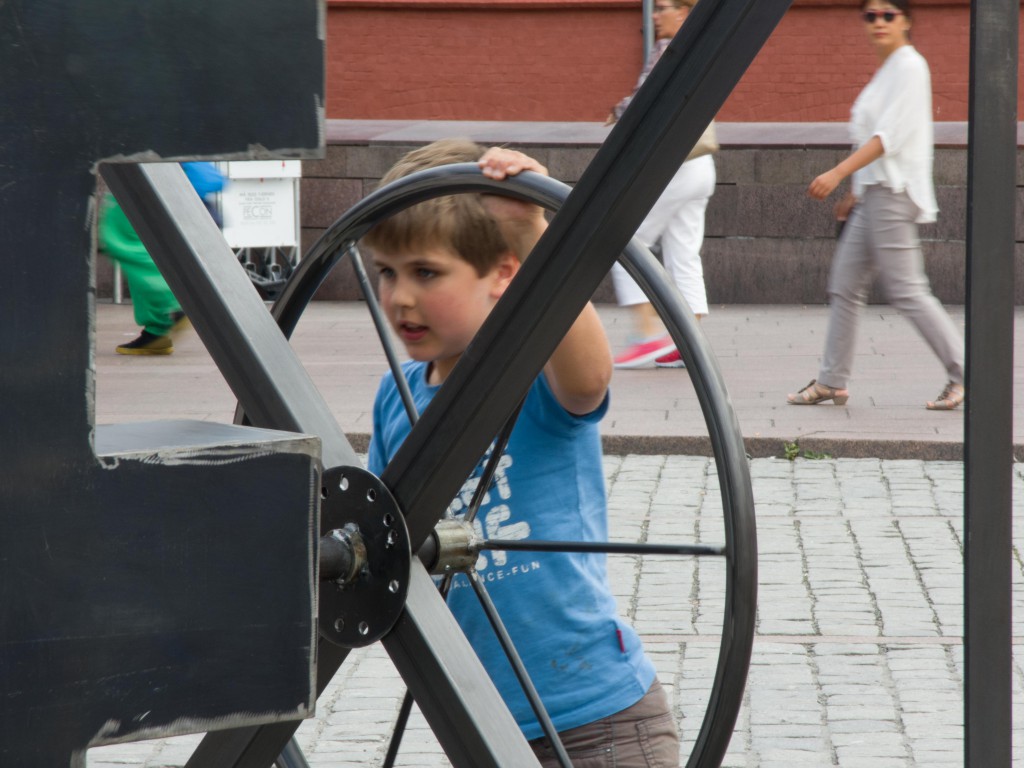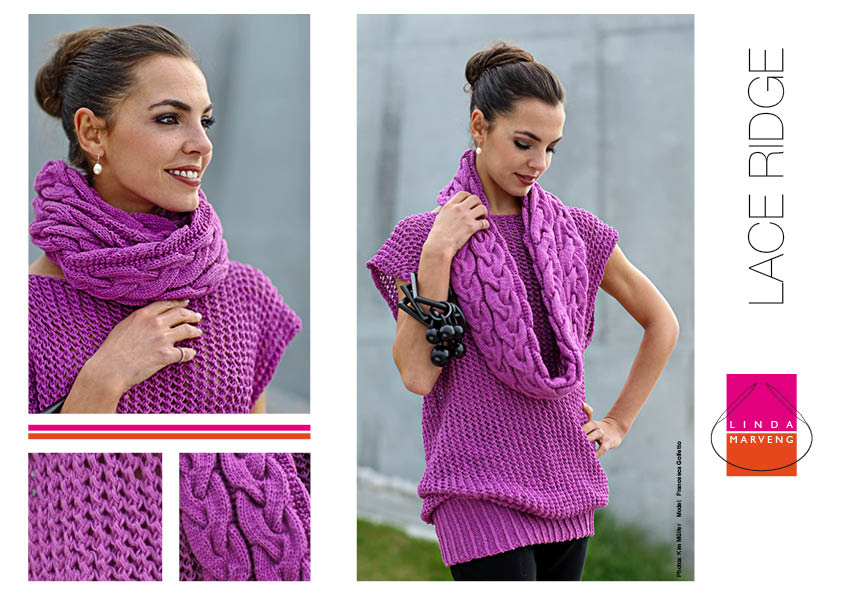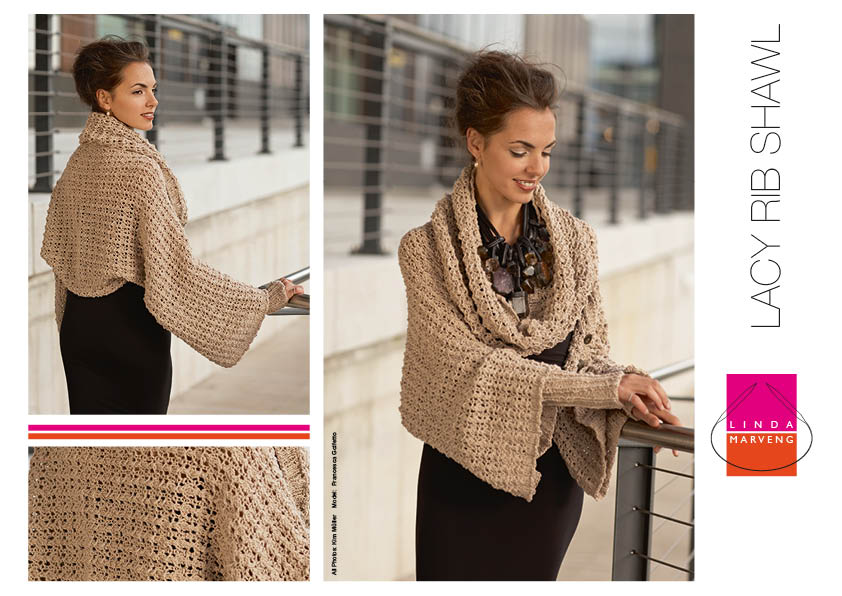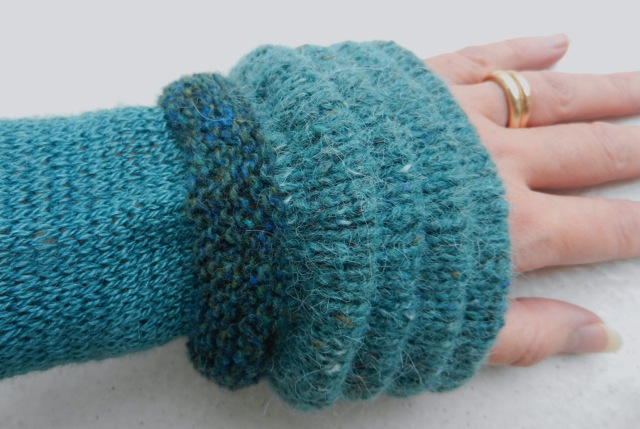 My design began with a photo of the bare wild nature at Iceland, on the digital magazine Twist Collective‘s mood board, last spring for their Winter 2013 issue. I began with Rowan Felted Tweed Dk in Watery – a color, reminiscent of the lagoons, that I have admired for a long time but not used – and discovered that to create a contrast it worked well with Rowan Fine Tweed in Wensley, a darker teal moving towards bottle green. For the main yarn I wanted something luscious with a bit of silk, and did not have to look for long until I discovered that Jaggerspun Zephyr Lace has a divine teal color called Juniper, available online at Handweavers Studio. I began thinking about sleeves, and decided I wanted repeated tucks to adorn the hands in Felted Tweed, then a reverse stockinette stitch band in Rowan Fine Tweed, and then plain stockinette stitch in Jaggerspun Zephyr Lace.
My design began with a photo of the bare wild nature at Iceland, on the digital magazine Twist Collective‘s mood board, last spring for their Winter 2013 issue. I began with Rowan Felted Tweed Dk in Watery – a color, reminiscent of the lagoons, that I have admired for a long time but not used – and discovered that to create a contrast it worked well with Rowan Fine Tweed in Wensley, a darker teal moving towards bottle green. For the main yarn I wanted something luscious with a bit of silk, and did not have to look for long until I discovered that Jaggerspun Zephyr Lace has a divine teal color called Juniper, available online at Handweavers Studio. I began thinking about sleeves, and decided I wanted repeated tucks to adorn the hands in Felted Tweed, then a reverse stockinette stitch band in Rowan Fine Tweed, and then plain stockinette stitch in Jaggerspun Zephyr Lace.
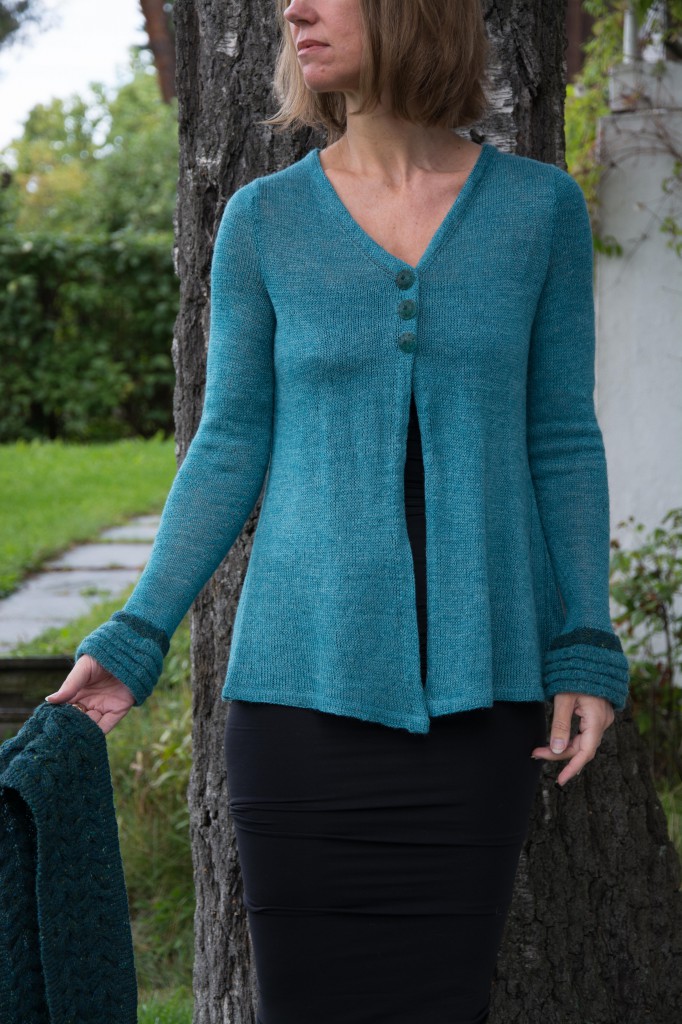 I love reversible cables and needed to break up all the stockinette stitches so a cowl in Rowan Fine Tweed would hold it all together. I planned to work the shrug in two parts from each sleeve, and graft them together. My Icelandic Shrug was submitted but rejected. After a long period of rejection, this time from me, I was ready to continue, and realized I wanted an A-line jacket. I am not a big fan of stockinette stitch since I find it tedious to knit, and thought I could use the cowl cable pattern as a back panel. My Icelandic Jacket, had found its soul, and was born. In addition to the cowl it needed a focus on the front; the solution was bespoke jewelry buttons by Siri Berrefjord see Siris’ Skattkammer/Treasure Trove. The pattern will be published in Norwegian in Made By Me on Monday, while the English pattern will be test knitted in my group on Ravelry in October before it is released in my Ravelry Store.
I love reversible cables and needed to break up all the stockinette stitches so a cowl in Rowan Fine Tweed would hold it all together. I planned to work the shrug in two parts from each sleeve, and graft them together. My Icelandic Shrug was submitted but rejected. After a long period of rejection, this time from me, I was ready to continue, and realized I wanted an A-line jacket. I am not a big fan of stockinette stitch since I find it tedious to knit, and thought I could use the cowl cable pattern as a back panel. My Icelandic Jacket, had found its soul, and was born. In addition to the cowl it needed a focus on the front; the solution was bespoke jewelry buttons by Siri Berrefjord see Siris’ Skattkammer/Treasure Trove. The pattern will be published in Norwegian in Made By Me on Monday, while the English pattern will be test knitted in my group on Ravelry in October before it is released in my Ravelry Store.
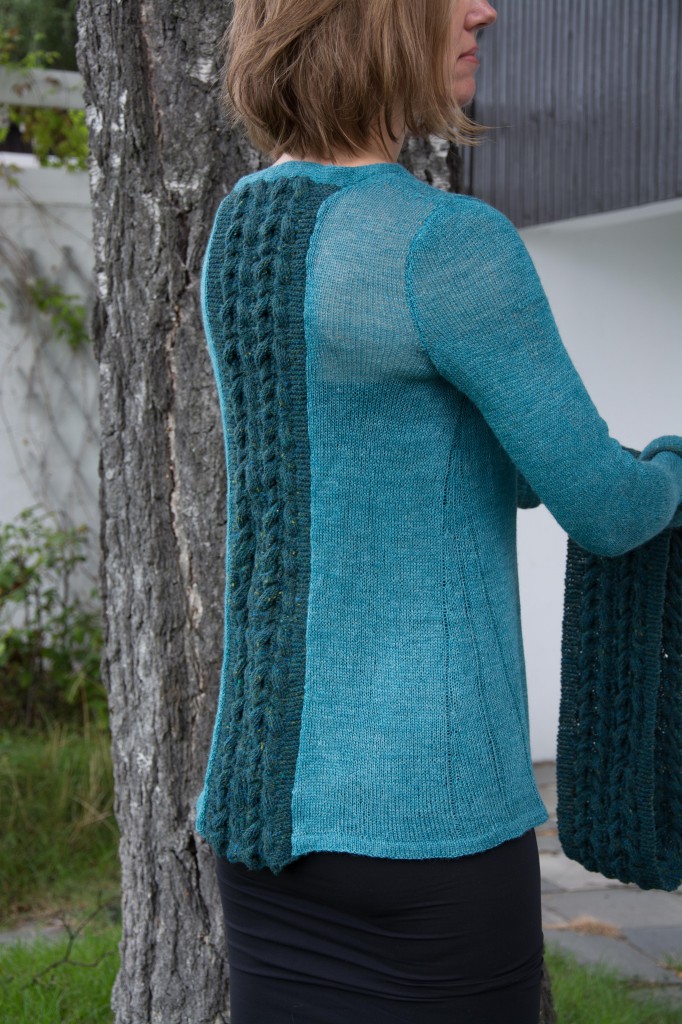 Both the jacket and the cowl is knitted using a 3 mm/US 2.5, and the body is knitted in three panels; Left Panel, Right Panel and Spine Panel. Each side panel is sewn to the Spine Panel and has an interfacing front band which is knitted simultaneously and then folded back. The bottom hem on the side panels is knitted into place. The sleeves with their tuck cuffs are knitted in the round to the armhole and then worked back and forth in rows. The cowl is identical to the Spine Panel, just longer and joined at the short ends. I made the jacket in sizes S (M, L, XL, 2XL) and the cowl just in one size.
Both the jacket and the cowl is knitted using a 3 mm/US 2.5, and the body is knitted in three panels; Left Panel, Right Panel and Spine Panel. Each side panel is sewn to the Spine Panel and has an interfacing front band which is knitted simultaneously and then folded back. The bottom hem on the side panels is knitted into place. The sleeves with their tuck cuffs are knitted in the round to the armhole and then worked back and forth in rows. The cowl is identical to the Spine Panel, just longer and joined at the short ends. I made the jacket in sizes S (M, L, XL, 2XL) and the cowl just in one size.
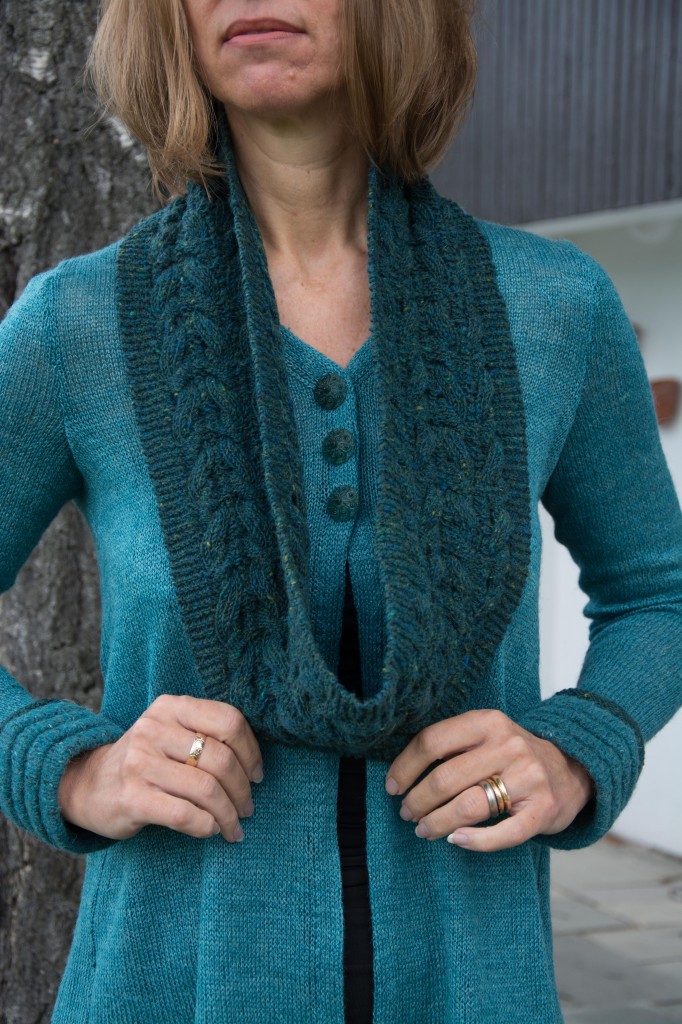 I ordered 3 bespoke buttons from Siri, who suggested sewing snap fasteners on the back. Unfortunately due to slow mail, only 1 button made it for the photo shoot in Fredrikstad in June but it was sufficient to show it off. Here are the button details and do look at Siri’s photos of my swatches in a previous blog post: 3 buttons (17 mm/28L, 0.70″) and 3 sets of snap fasteners to attach on the back. Special ordered buttons on sample are made by Siri Berrefjord, siri@fredenshavn.no see Siris’ Skattkammer/Treasure Trove, and buttons-by-siri-berrefjord.
I ordered 3 bespoke buttons from Siri, who suggested sewing snap fasteners on the back. Unfortunately due to slow mail, only 1 button made it for the photo shoot in Fredrikstad in June but it was sufficient to show it off. Here are the button details and do look at Siri’s photos of my swatches in a previous blog post: 3 buttons (17 mm/28L, 0.70″) and 3 sets of snap fasteners to attach on the back. Special ordered buttons on sample are made by Siri Berrefjord, siri@fredenshavn.no see Siris’ Skattkammer/Treasure Trove, and buttons-by-siri-berrefjord.
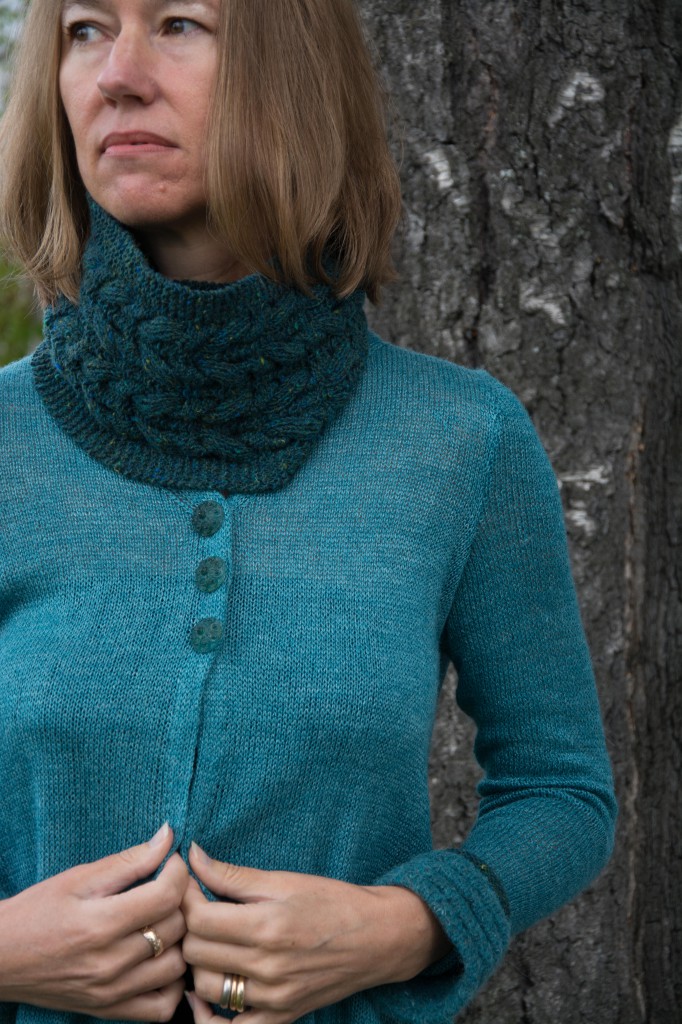 The cowl looks beautiful also wrapped twice around the neck, or adjusted with a shawl pin into a belt as Remarkable Stylist Kristin Elise Halkjelsvik (see facebook.com/Makeløs Kristin E Halkjelsvik) demonstrated to me on the evening before the photoshoot. She has taught me how to wear unheard of textiles such as tablecloths as skirts, and I have taught her how to structure a photo shoot. During our lunch meetings we also found out that Monica Stålvang has the perfect bottle green wedge boots to match, called Bettina with a stunning stiletto look from behind, see shop.monica-stalvang.com/product/bettina-green . Below is a photo from the photo shoot in Fredrikstad, which was such a fun day with photographer Eivind Røhne (see beyondtheice), make-up & hair stylist Janne Skarpeid Hermansen, model Pia Cecilie/ Team Models and editor Mary-Ann Astrup. Not present in the photo is stylist Kristin Elise Halkjelsvik who had started packing her suitcases of treasures.
The cowl looks beautiful also wrapped twice around the neck, or adjusted with a shawl pin into a belt as Remarkable Stylist Kristin Elise Halkjelsvik (see facebook.com/Makeløs Kristin E Halkjelsvik) demonstrated to me on the evening before the photoshoot. She has taught me how to wear unheard of textiles such as tablecloths as skirts, and I have taught her how to structure a photo shoot. During our lunch meetings we also found out that Monica Stålvang has the perfect bottle green wedge boots to match, called Bettina with a stunning stiletto look from behind, see shop.monica-stalvang.com/product/bettina-green . Below is a photo from the photo shoot in Fredrikstad, which was such a fun day with photographer Eivind Røhne (see beyondtheice), make-up & hair stylist Janne Skarpeid Hermansen, model Pia Cecilie/ Team Models and editor Mary-Ann Astrup. Not present in the photo is stylist Kristin Elise Halkjelsvik who had started packing her suitcases of treasures.
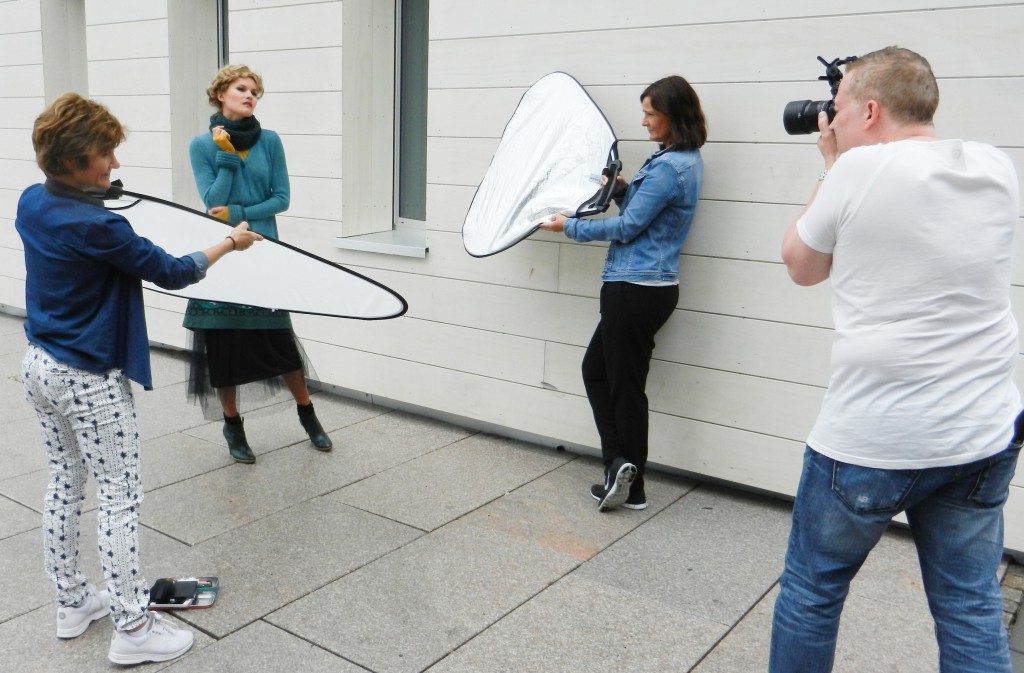 I cannot wait to show you the result of the photo shoot and all the pages in upcoming Made by Me.
I cannot wait to show you the result of the photo shoot and all the pages in upcoming Made by Me.

